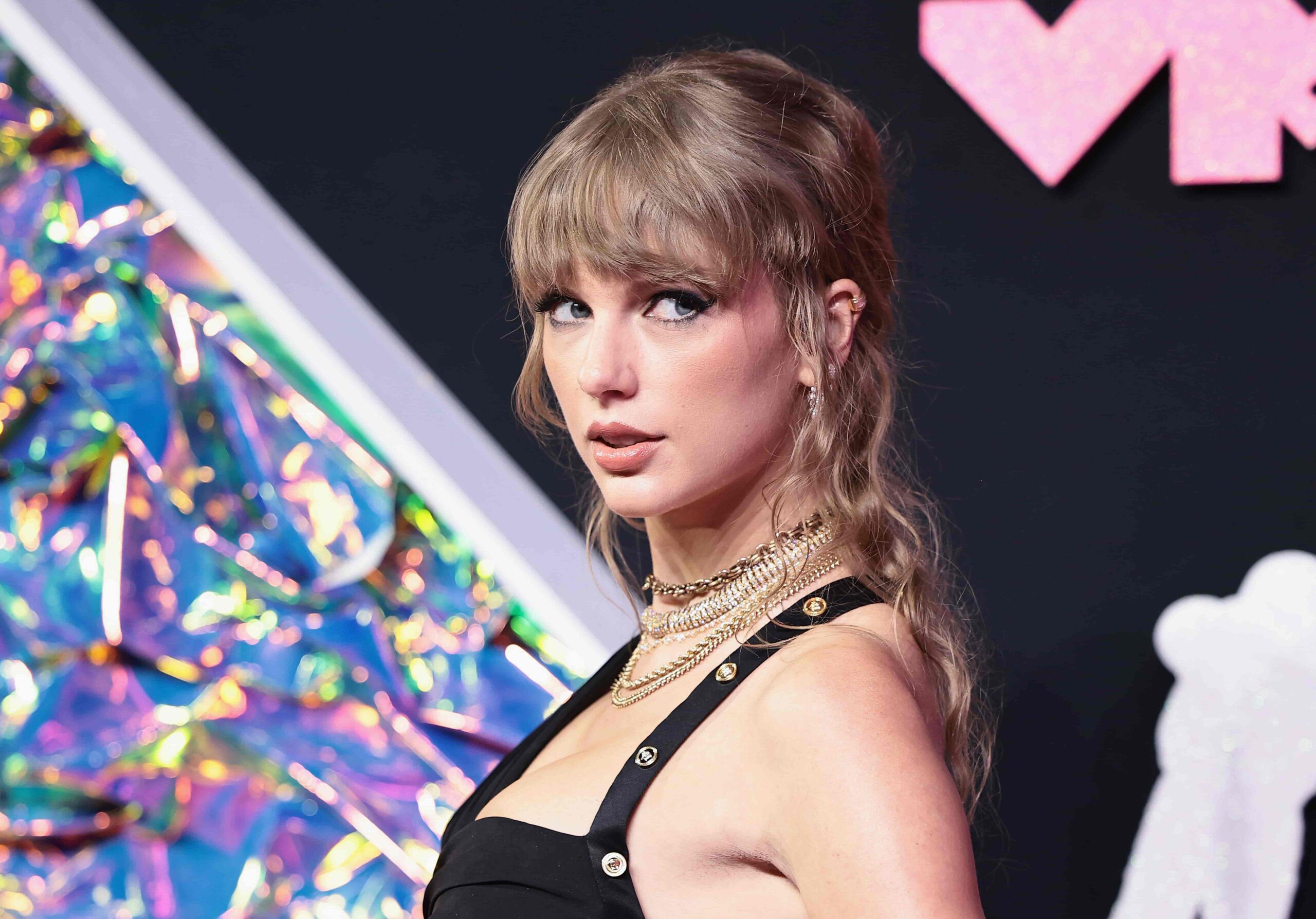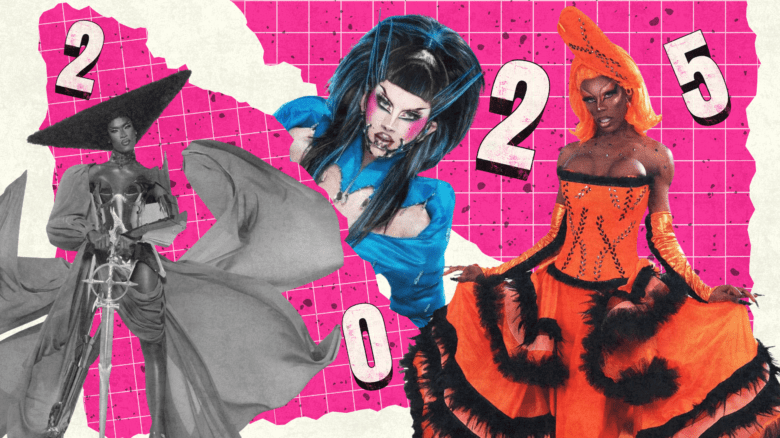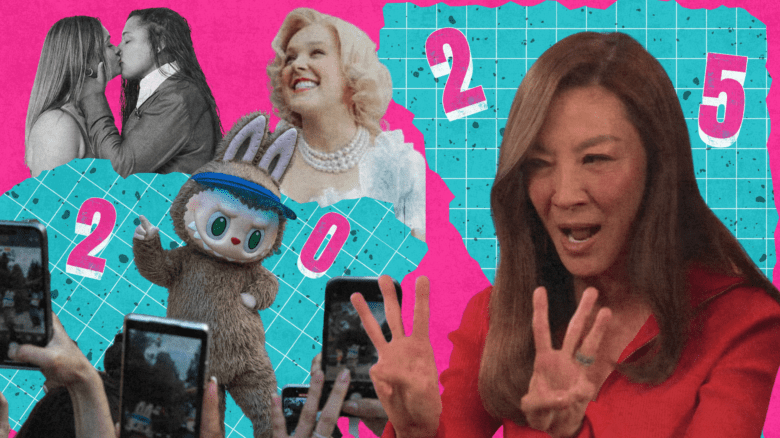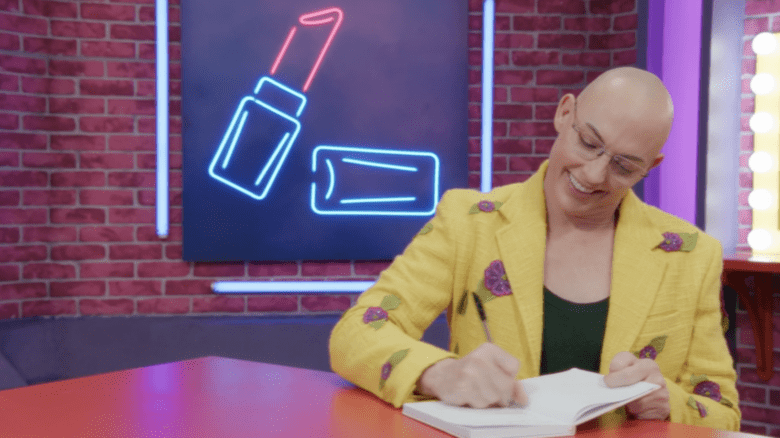Whenever queer people see signs of queerness in art, there is a predictable rejection of it by many straight people. Particularly when that art has been produced by a beloved figure—and especially when it has not been accompanied by a public declaration of the artist’s queerness—the response from mainstream culture is often to write off those queer readings of the work (remember when Lil Nas X had to clarify that he “deadass thought [he] made it obvious” by putting rainbows in his videos?).
Queer people, the narrative goes, are delusional. They are crazy, they are reaching, they are projecting. This is exactly what happened on Thursday when the New York Times published an essay by Anna Marks laying out the many (many) signs that Taylor Swift’s music might be implying that she is not straight.
“Opinion writers … usually present some evidence to support their premise, instead of just presenting pure speculation in their flights of fancy,” one since-deleted comment on the Times website read, despite the nearly 5,000 words Marks dedicated to laying out mountains of evidence to build her case.
“In isolation, a single dropped hairpin is perhaps meaningless or accidental, but considered together, they’re the unfurling of a ballerina bun after a long performance,” Marks writes. Hairpin drops do not exist for straight people, as Marks notes: they are designed to “suggest to queer people that she is one of us.”
Some fans have demanded Marks be fired, others have indicated that Swift should sue her. This pushback has been common in fandom spaces for a longtime. A 2022 report by Graphika found that “anti-Gaylor groups appear to use homophobic language to target individual Gaylor accounts,” which includes doxxing and targeted harassment. Other accounts that are targeted include members of the “Larry” fandom—meaning they ship former One Direction members Harry Styles and Louis Tomlinson.
Perhaps the hairpins are, as Swift sings in “illicit affairs,” “a secret language [she] can’t speak with anyone else.” They are flags left for other queers, as things like pinky rings and green carnations and coloured hankerchiefs have been in decades past. But instead of believing queers about what we see in art, straight people will rush to “defend” their beloved artist from “accusations” of homosexuality. But if you think that rumoured queerness is something that a celebrity needs to be defended against, if you think that suspecting someone might be gay is slandering them in some way, I’m going to have to ask you to unpack that homophobia.
When you say that queers are doing harm by reading queerness into someone’s art, what you’re actually saying is that being seen as gay is a negative thing. And the idea that gay people are delusional for reading (objectively) queer themes (like longing! And forbidden love! And friends-to-lovers tropes!) into someone’s art is rooted in homophobic tropes from when homosexuality was considered a mental disorder. Perhaps celebrities like Swift or Styles or Kelsea Ballerini have not said explicitly that they are straight because they are not—or perhaps it’s because people believing they might be gay isn’t inherently bad.
And here’s the other thing—in acknowledging that the artist behind certain work could be queer, it asks straight people to consider that the music that they felt so seen by could have been queer, too. And if they feel represented by art about being gay, what does that say about them? As Marks writes, “even the possibility that Ms. Swift could be queer would irrevocably alter the way [straight fans] connect with her celebrity, the true product they’re consuming.” And if knowing the art was queer would change the way fans think about their connection with it, it’s because they hold some sort of negative attitude or misconception about what it means to be queer.
“The larger culture selects the narratives that are the most readily translated into terms it deems legible,” Brandon Taylor wrote at LitHub in 2017. “But I think we need to recast this question of successful queer narratives entirely, and to delegitimize the overcultural gaze. That is: Who cares what straight people think? Why is their approval the standard by which we measure the success of queer narratives?”
If you find the idea that Taylor Swift might be gay offensive, what does that say about you? Why are you so attached to her straightness? Queer fans of any medium are asked again and again to relate to straight characters—why do you struggle with the idea that you might, one day, have to relate to a queer public figure?
Whether or not you think someone like Taylor Swift or Harry Styles is queer themselves, getting mad at queer people for reading queerness into their work is homophobic, point blank, period. The idea that a celebrity—especially one as rich and powerful as Swift—will be “ruined” by gay rumours is homophobic. The most powerful woman in show business does not need you defending her from gay fans who feel seen by her work. She’s doing just fine, singing about her “argumentative, antithetical dream girl” from within the glass closets she has been sprinkling throughout her work.


 Why you can trust Xtra
Why you can trust Xtra


